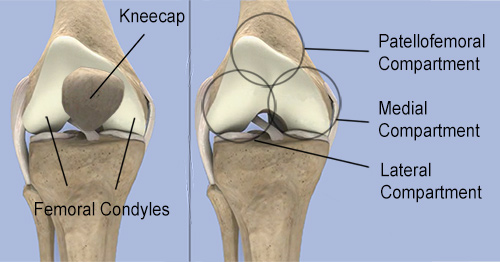Joint replacement surgery, whether it's for the hip, knee, or shoulder, has transformed the lives of millions of people worldwide, restoring mobility and relieving pain caused by conditions such as osteoarthritis, rheumatoid arthritis, and other degenerative joint diseases. However, a common question among individuals considering joint replacement surgery or those who have already undergone the procedure is: How long do joint replacements typically last? In this blog post, we'll delve into this important topic to provide insight into the longevity of joint replacements and factors that can influence their lifespan.
1.Types of Joint Replacements: Joint replacement surgeries typically involve the implantation of artificial components made from durable materials such as metal, plastic, or ceramic. The most common types of joint replacements include total hip replacement (THR), total knee replacement (TKR), and total shoulder replacement (TSR), among others. Each type of joint replacement has its unique considerations regarding longevity and durability.
2.Expected Lifespan: While the lifespan of joint replacements can vary depending on several factors, including the type of implant used, the patient's age, activity level, and overall health, studies have shown that the majority of joint replacements can last for at least 15 to 20 years or more. Advances in implant materials, surgical techniques, and postoperative care have contributed to improved longevity and durability of joint replacements over time.
3.Factors Influencing Longevity:
- Implant Material: The materials used in joint replacement implants play a significant role in their longevity. Modern implants are typically made from high-quality materials that are designed to withstand the demands of daily activities and movement.
- Patient Factors: Factors such as age, weight, activity level, and overall health can influence the lifespan of joint replacements. Younger, more active patients may put greater stress on their implants, potentially leading to accelerated wear and reduced longevity.
- Surgical Technique: The skill and experience of the surgeon performing the joint replacement surgery can impact the success and longevity of the procedure. Precise implant placement and proper alignment are critical for ensuring optimal function and longevity of the joint replacement.
- Postoperative Care: Following joint replacement surgery, adherence to postoperative rehabilitation protocols and ongoing maintenance of joint health are essential for maximizing the lifespan of the implant. Physical therapy, exercise, and regular follow-up with healthcare providers can help prevent complications and ensure long-term success.
4.Revision Surgery: In some cases, joint replacements may need to be revised or replaced due to wear, loosening, or other complications. Revision surgery involves removing the existing implant and replacing it with a new one. While revision surgeries are generally successful, they may carry additional risks and require longer recovery times compared to primary joint replacement procedures.
5.Advancements in Technology: Ongoing advancements in orthopedic technology and implant design continue to improve the longevity and performance of joint replacements. New materials, such as highly cross-linked polyethylene and advanced ceramics, offer enhanced durability and wear resistance, potentially extending the lifespan of joint replacements even further.
In conclusion, while the lifespan of joint replacements can vary depending on multiple factors, including implant material, patient factors, surgical technique, and postoperative care, the majority of joint replacements are designed to last for at least 15 to 20 years or more. By understanding the factors that influence the longevity of joint replacements and taking proactive steps to maintain joint health, individuals can enjoy the benefits of improved mobility and quality of life for many years following surgery.






Comments